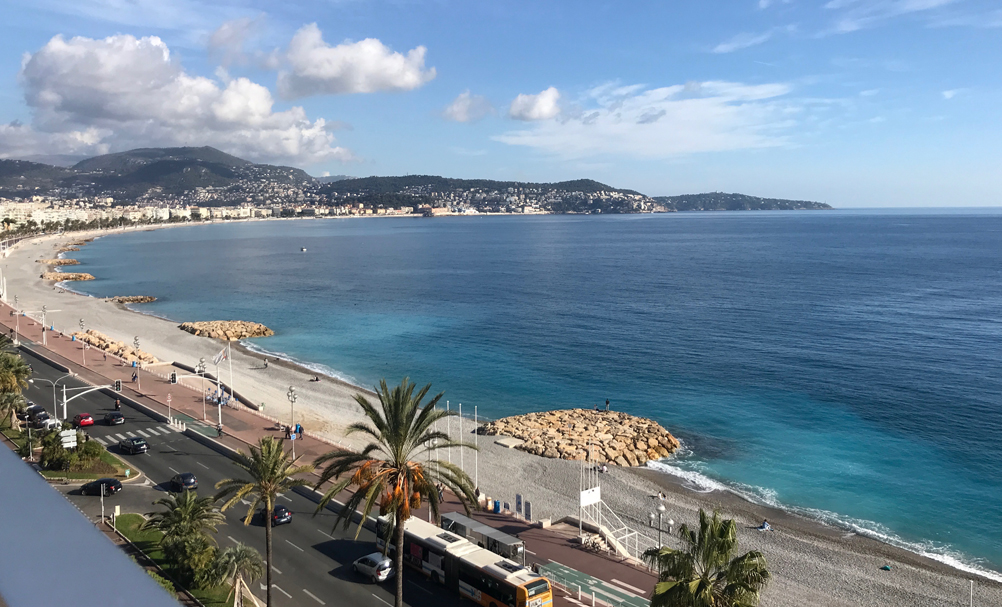You could say that the French Riviera, also known as the Côte d’Azur, is a region of endings. It’s a place where the day ends and leaves in its own way a red trail in the sky. A place where the elderly migrate to enjoy their last years. A place where the French borders end and fuse with the Italian and the Monegasque. The final point of the Alps, when they join the Mediterranean Sea.

The French Riviera is world famous
The French Riviera is world famous for its luxurious life, mansions, yachts, casinos, which make us think that life is easy and fascinating. Incredible landscapes, where the snow combines with the sea, and the sun dyes over every corner. But what we know of the Riviera today is not the same as it was a few centuries ago.
Cities, as well as people, have beginnings and endings. They have cycles that record their existences; they are born, they reach glory, they live their decline, and they die or reinvent themselves.
This is the case of Antibes, a city of 75 thousand inhabitants, located in the south-east of France, between the cities of Nice and Cannes.
Thanks to archaeological traces in the area, dating from the fourth century BC, it is possible to establish that during the Greek (and then Roman) era, there was a settlement called Antípolis. In the modern era, what is now known as Antibes, was considered a key point in the military and defensive strategy of France, when the boundary of the territory ended at the river Var.

The central point of city life
The city of Nice did not belong to France, and the government of Paris used the Forte Carré (Fort Square) in Antibes as a point of observation and protection of the territory. This took place until 1860, when the city of Nice and the surrounding territories were annexed to France, during the Treaty of Turin.
With this annexation, Antibes lost its strategic value, and had to find a new place in history. Today it’s recognized for having the largest private yacht and sailing port in Europe, with space for 1,500 boats. Its name is Puerto Vauban, and it is located between Forte Carré and the old city of Antibes.
This is the central point of city life. A constant memory of its history, the innumerable events that marked the destiny of this population. They are still there, immutable and immense, accompanying the thousands of inhabitants and tourists who tread their lands and waters.

Sunsets and rebirths

From Forte Carré you can enjoy a unique panorama: towards the east, the imposing Alps and its intimate relationship with the Mediterranean. At night, the city of Nice shines from a distance and the water reflects and increases its intensity. To the west, the port and the old city of Antibes, protected by a stone wall, and where the towers of the bell tower of the cathedral and the Grimaldi Palace stand out, today known as the Picasso Museum.
Pablo Picasso is part of the history of this magnificent place. The artist lived a large part of his life in Antibes, and he donated a considerable artistic production to the city.
The museum that bears his name, keeps and exhibits an interesting collection of his productions, as well as other international artists, that enrich the cultural life of the city.
Antibes has experienced many beginnings, sunsets and rebirths. The city harbors a fascinating historical memory, for many unknown, but without doubt of great relevance for the Mediterranean region. Its story will always be appended to its present, and will remind its future that, despite the strong winds that come, it will remain standing, strong and great, to reach its destiny.


